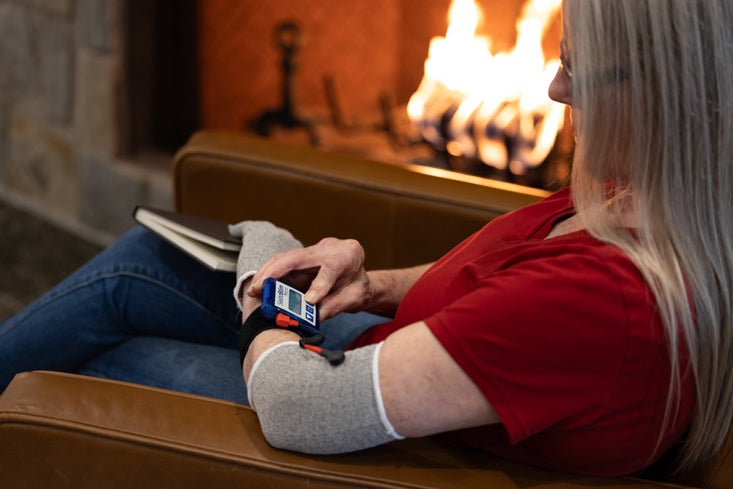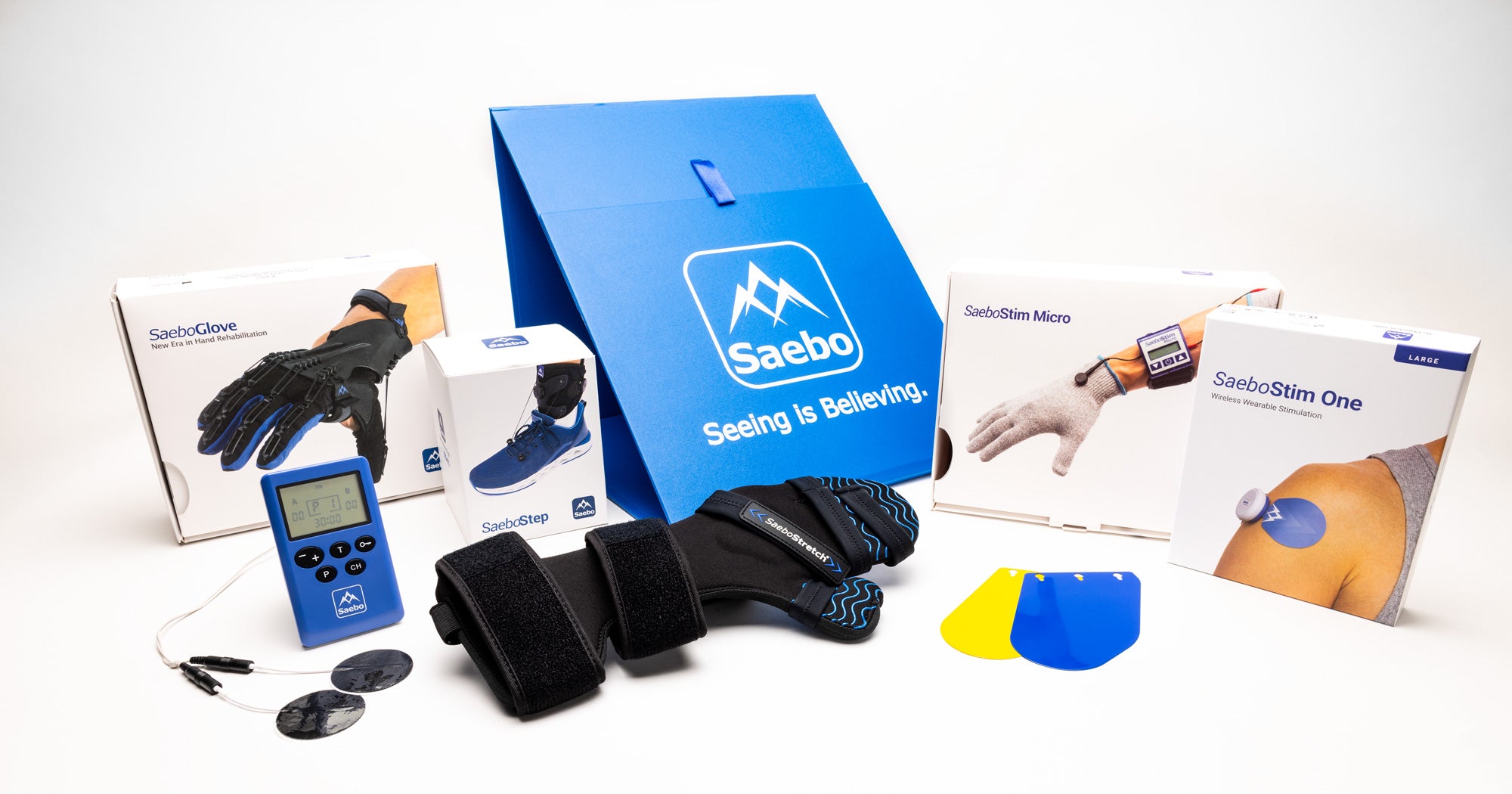35 Fun Rehab Activities for Stroke Patients


After suffering a stroke, many survivors find themselves with some loss of physical function. While much of this is due to brain damage from the stroke itself, there are additional preventable problems like physical deconditioning and fatigue that can lead to a survivor losing function. How can this be prevented? Physical activity.
Physical activity is important for increasing the chances of regaining function after a stroke. Through the power of neuroplasticity, exercises help stroke survivors reclaim abilities they had before their stroke. Over time, even light activity such as going for a walk or cooking will contribute to physical improvements and help prevent the deconditioning that leads to further deterioration.
While physical activities of moderate intensity are important for a stroke survivor’s health, there are also many light activities that can help them work on skills and have fun at the same time. Fun activities are a great way for a stroke survivor to work on skills while also keeping them entertained, engaged, and motivated.
Not sure where to start? We found 35 fun activities that stroke survivors can do at home. Whether they love to be outside in the garden or curled up with some knitting, at least one of these activities is sure to appeal to any stroke survivor.
35 Fun Activities for Stroke Patients
Board and Card Games
1. Scrabble
Scrabble involves a variety of skills that stroke survivors can work on. Adding up the scores uses simple math, coming up with words requires cognitive flexibility, and the mechanics of the game involve simple grasp-and-release tasks.
2. Jenga
Playing jenga involves physical and mental coordination while stacking blocks and trying to keep the tower from falling.
3. Checkers
The mechanics of checkers involve simple grasp-and-release movements that can help stroke survivors improve their motor skills while cognitive flexibility and problem solving are required to perform strategic moves.
4. Battleship
Playing Battleship is good practice for stroke survivors with speech or word retrieval problems. Players have to use the simple words “hit” and “miss” and “sunk” to communicate. Inserting pegs in the board also helps with fine motor skills.
5. Connect Four
Connect Four improves attention and motor skills. Players pick up and drop small disks, and they pay attention to both their and their opponent’s pieces.
6. Scattergories
Scattergories involves listing words in different categories that all start with the same letter. This helps with language and word retrieval. For stroke survivors with more severe cognitive impairments, Scattergories Junior may be more appropriate.
7. War
War is a simple card game in which you flip over a card, and the person with the highest card wins. Playing war requires attention skills and hand coordination.
8. Poker
Playing poker helps challenge cognitive skills like sequencing and categorization.
9. Slapjack
Slapjack is played by flipping over cards and slapping the stack whenever a jack or two of the same number in sequence are played. Playing Slapjack requires attention and motor skills as well as hand eye coordination.
10. Uno
Uno helps stroke survivors work on decision making, attention, and visual discrimination.
Physical Activities
11. Gardening
Maintaining a garden is not only a good hobby, it can also provide good exercise and time outdoors. Gardening can help improve stamina, balance, and coordination.
12. Tai Chi
Practicing Tai Chi promotes balance and can help stroke survivors prevent falls.
13. Yoga
Another activity that can help stroke survivors improve balance is yoga. Doing yoga improves flexibility as well.
14. Dancing
Dancing is an enjoyable activity for many stroke survivors. Putting on some of their favorite music can help motivate them to get up and move as much as they are able.
15. At-Home Exercises
For some, exercising itself is a hobby, and there are many exercises stroke survivors can do at home to help with their recovery.
16. Walking
Physical exercise after stroke does not have to be complicated. Going for a walk is a good way to get outdoors and improve cardiovascular fitness.
Creative Activities
17. Knitting
Knitting is a relaxing activity that can help stroke survivors take their minds off of their recovery. For survivors who are limited to one functional hand, a knitting aid makes one-handed knitting possible.
18. Photography
Taking pictures is a great way to practice creative expression without much physical effort. It also provides a great excuse to get outdoors and take in the surroundings.
19. Writing
Whether putting together letters, poetry, or stories, writing can be a great creative outlet for a stroke survivor. Journaling can also be therapeutic and help a survivor keep tabs on their emotions and recovery process.
20. Making Music
If the stroke survivor was a musician before their stroke, then they will likely enjoy it after as well. Singing along to music is an easy and fun activity. They can also play on a keyboard or piano with their unaffected hand.
21. Painting
Painting uses fine motor skills and helps stroke survivors practice their grip. Using different colors and textures also helps stimulate the brain.
22. Drawing
Drawing uses many of the same skills as painting, but it requires less equipment and is easier to clean up.
23. Pottery
Making pottery is an excellent activity for stroke survivors with limited arm and hand function. Clay is soft and easy to work with, and sculpting can help improve fine motor skills. Pottery can also be made with one hand.
24. Cooking
While it may require a few adaptive kitchen aids to help, cooking is an activity that can be both practical and fun.
25. Woodworking
Woodworking requires attention, problem solving, memory, and sequencing skills, in addition to various fine or gross motor skills.
Activities that Stimulate the Brain
26. Word Search
Word searches help a stroke survivor work on their perceptual skills and attention.
27. Crossword Puzzle
Crossword puzzles are available in a variety of skill levels and font sizes, so there should be one within almost every stroke survivor’s capabilities. Crossword puzzles help with word-finding skills.
28. Reading
Whether the material of interest is newspapers, magazines, or novels, reading is a great way to pass the time and engage the mind. Audio books are another great option for those with visual deficits.
29. Learning Sign Language
Activities that allow a stroke survivor to learn new skills are beneficial in multiple ways. Learning sign language both stimulates the brain and exercises the hands.
30. Meditation
Meditation can help lower stress, relieve chronic pain, and stave off depression.
31. Jigsaw Puzzles
Putting together a jigsaw puzzle improves both concentration and motor skills. Picking up and placing the pieces is a grasp-and-release activity.
32. Sudoku
Completing a challenging mental task like Sudoku stimulates and maintains the brain, creating more complex connections between brain cells.
Video and Computer Games
33. Wii Sports
Virtual reality games like Wii Sports have been found to motivate and help stroke survivors stay more committed to their exercise routines.
34. Computer Games
While traditional computer games do not incorporate physical exercise, they can help stimulate the brain. There are many brain games available on the computer that can help with skills like problem solving.
35. Dance Dance Revolution
For stroke survivors who are able to safely participate, playing games like Dance Dance Revolution can add to their exercise routine and encourage them to get moving.
Work Hard, Play Hard
The process of stroke recovery is long and full of ups, downs, twists, and turns. It takes hard work and dedication to regain mental and physical function after a stroke. Finding motivation to stick with a recovery program is not always easy, but fun activities can help.
Sources:
http://www.brooksrehab.org/news/top-10-games-for-stroke-recovery/
http://strokeassociation.org/idc/groups/stroke-public/@wcm/@hcm/@sta/documents/downloadable/ucm_314582.pdf
http://www.strokesmart.org/new?id=219
http://www.ssww.com/docs/resources/S53.pdf
http://www.strokesmart.org/at-home-activities-that-don't-feel-like-rehab
All content provided on this blog is for informational purposes only and is not intended to be a substitute for professional medical advice, diagnosis, or treatment. Always seek the advice of your physician or other qualified health provider with any questions you may have regarding a medical condition. If you think you may have a medical emergency, call your doctor or 911 immediately. Reliance on any information provided by the Saebo website is solely at your own risk.
All content provided on this blog is for informational purposes only and is not intended to be a substitute for professional medical advice, diagnosis, or treatment. Always seek the advice of your physician or other qualified health providers with any questions you may have regarding a medical condition. If you think you may have a medical emergency, call your doctor or 911 immediately. Reliance on any information provided by the Saebo website is solely at your own risk.



